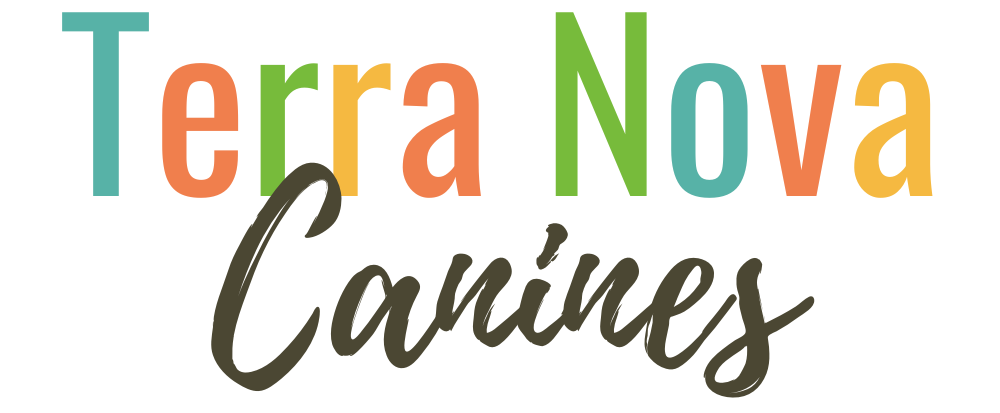‘Drop’
Step 1: Start with a toy that your dog enjoys.
Step 2: Offer them the toy and play with them with it for a short time (a few seconds).
Step 3: Stop play and give the verbal cue 'drop'.
Step 4: Wait to see if your dog will drop the toy on their own (a few seconds) and if not, reach for a treat to encourage them to have their mouth free.
Step 5: When they drop the toy, 'mark' and treat.
Step 6: If they drop the toy before a few seconds, don't reward with a treat. Instead, get excited, offer prise and pick up the toy for more playtime.
Step 7: Repeat this cycle to reinforce the play with the toy as the reward for dropping it!
Fun & Games
Stealing & Object Exchanges
Chasing a dog around to reclaim the stolen item creates more stealing rather than less. Even if you’re scolding or punishing the puppy, you’re still giving him attention.
Speaking of which, never scold or punish a dog for stealing something. Remember that a puppy can only steal an object that a human has left within reach, so if you want to scold someone, scold yourself!
1. Give your dog a bone or a toy he likes. Before he’s really engaged with it, take the toy, give him a high-value treat, and give back the toy. That’s it! Avoid frowning like you’re doing something hard or weird.
You’re conditioning a positive emotional response to removal of the object by doing this: person picking up my stuff means “good thing plus I get my stuff back!”
Don’t do this every time the dog has a toy or an object, but do it routinely enough so that it’s not abnormal or under “special circumstances.”
Enhance the “trade game” by trading one object for another of slightly higher value. You can make the object in your hand of higher value by smearing on a little peanut butter, butter, cream cheese or foie gras. Hand him the “improved” object, let him work on it for a little while, then trade it for the one you’ve taken, which you’ve also “improved.” In other words, as the yummy stuff is eaten from the one he’s got, the new one will be more valuable.
Have different people practice this exercise, and with various toys and objects. Keep bodies loose and approaches “normal.” Try not to walk stiffly and directly frontally – approach as you would if you weren’t worried! Keep your body loose, approach from different angles, and breathe!
Tug
Encourage the pup to grab a soft toy you’re holding, and let the puppy pull back on it. Let go of it and then encourage the pup to restart the game.
If the puppy’s teeth nip your hand, or if the dog is getting too excited, stop the game, go do something else and start again when the puppy has calmed down.
If the puppy just can’t let go, use a cookie to encourage the pup to release the tug and add the cue “give.” or “drop it” or anything else you like. Then present the tug and add the cue ‘tug’.
With contributions from IAABC

